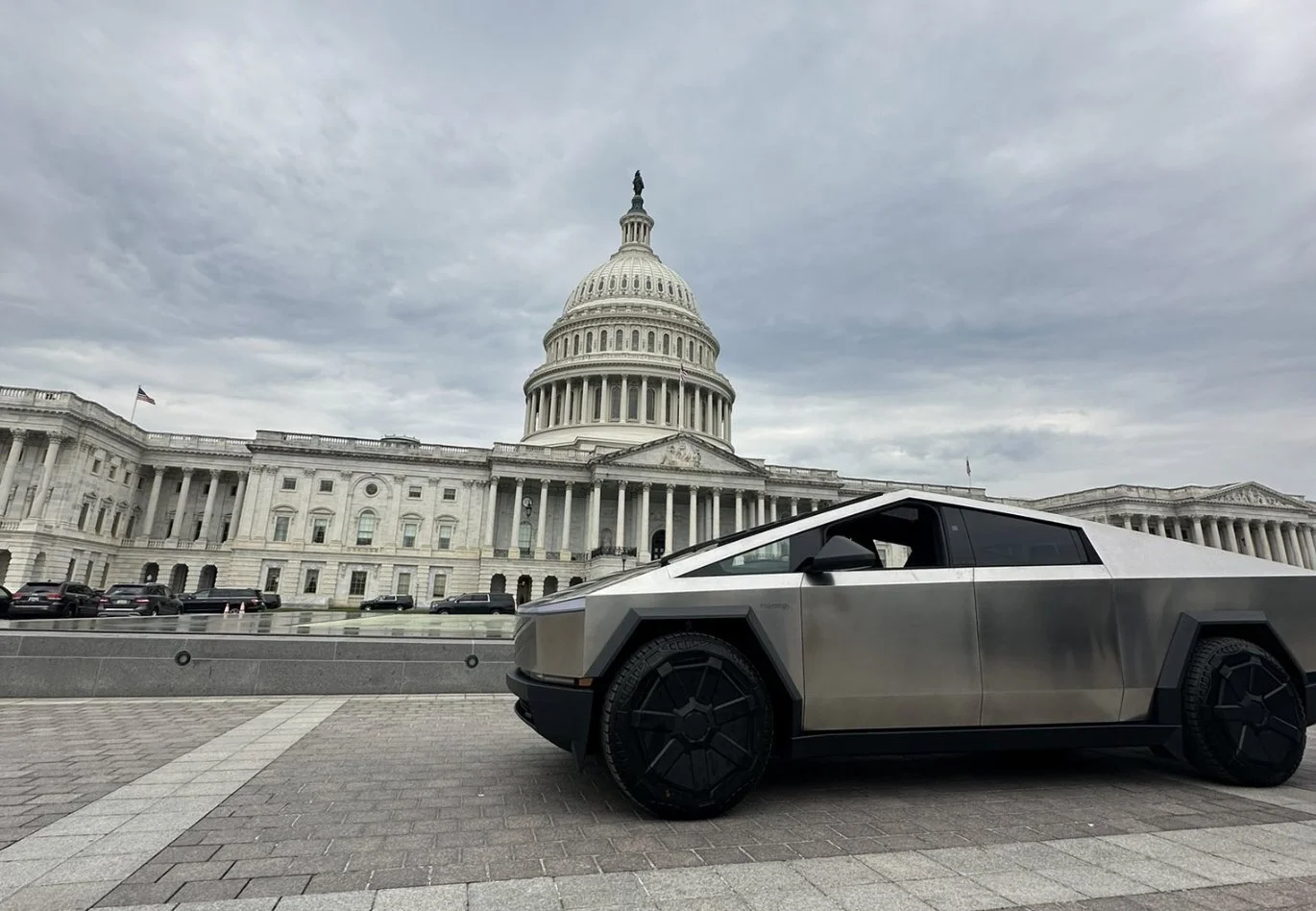Electric bikes are huge news right now in the world of motorcycles.
We have seen big names like Harley Davidson, Zero, and even Husqvarna jumping on the bandwagon to get their electric motorcycles into production. Meanwhile, Kawasaki is developing a hybrid motorcycle that may take motorcycle propulsion in a whole new direction.
Kawasaki’s Hybrid Motorcycle Patent Explained
A patent for a hybrid motorcycle was submitted from Kawasaki to the Japanese patent office back in December 2017. The document was then filed a year later with the patent and trademark office in the U.S. It defines a motorcycle fitted with both a gas engine and an electric motor - clearly a hybrid.
Engine Configuration
The patent blueprints indicate a hybrid system that operates in parallel. This means that the engine and the electric motor can work together to produce power.
The patent also shows that these powerplants can work in a series. When this happens, the electric motor produces all the power that the bike needs. Then when the battery dies, you can use the gas engine as a range extender.
There is also a third system shown - a split hybrid system - where either the electric motor or the engine produce the power by themselves.
One of the main concerns that the patent addresses is the hybrid setup. It illustrates how all the parts will be laid out in a compact form. The options to arrange the fuel tank, battery, transmission, electric motor and engine are limited on a motorcycle, unlike a car which has more options as to how these are placed.
Component Layout
The patent filings reveal that the gas engine, electric motor and transmission case are all in a single unit.
The battery is fitted where the fuel tank would normally be above the engine. With this layout, the fuel tank could be mounted to the outside of the frame or on the side of the seat. In either of these setups, the tank would be on the left side of the bike to offset the weight of the coolant reservoir on the right side. This means that the heaviest parts would be close to the center of gravity, which equals better handling.
With all this said, it doesn’t mean that Kawasaki will ever build or put this cycle into production. What it does prove is that they are working on an electric motorcycle and have filed several patents over the years. We will have to wait and see what happens in the future for Kawasaki.
Harley’s thoughts on the matter | source
Benefits of Owning an Electric Bike
If you are still on the fence about owning an electric motorcycle, here are some of the benefits.
Instant 100% torque – this equals super-fast acceleration. The only downside to this is that there is no power band or surge that you feel like in a gas engine.
Near-total silence – These engines are so quiet nobody could hear them coming. All you can hear are the tires and brakes, and in the case of the Kawasaki hybrid, the muffled whir of an under-stressed gas engine.
Less smoke and odor – electric motors do not smoke or have any odors from unburned fuel.
Low weight – New designs have driven companies to use lighter weight materials, which in turn makes the bike more nimble.
Low maintenance – With very few moving parts, there is little to maintain. Electric bikes have no air filters, oil filters, oil, timing belts or spark plugs to change.
Do you think Kawasaki will produce this hybrid bike?
It’s common for bike manufacturers to file patents on equipment they never plan to produce. We don’t know why this happens or how to tell when something will make it. With that said, do you think these plans will come to pass? What drawbacks do you think this bike could have?
Let us know your thoughts in the comments below.















Tesla Inc. is seeking approval to launch ride-hailing services in California, marking a significant move by Elon Musk’s company to transport paying customers as its conventional car sales decline.